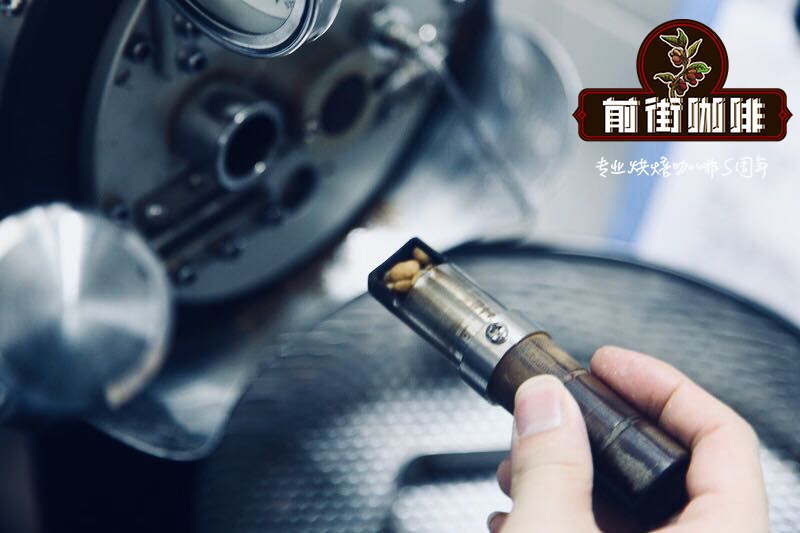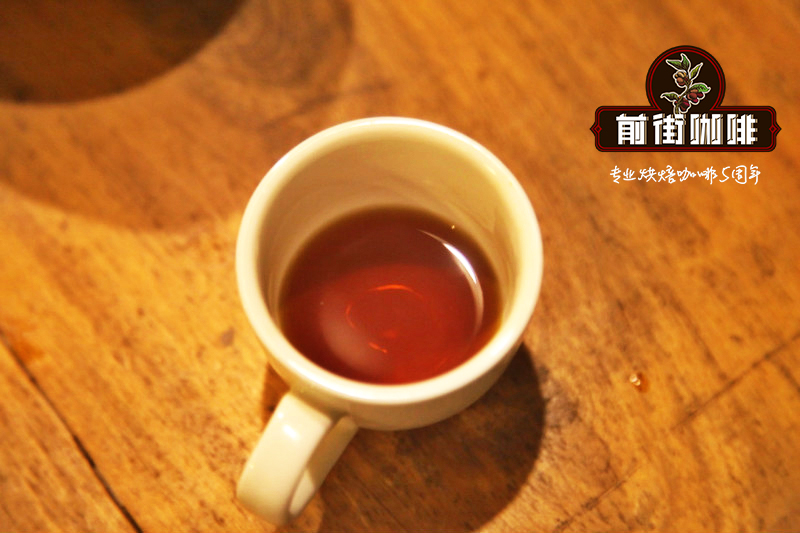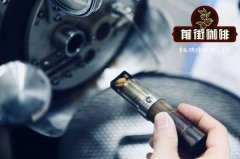Coffee roasting-if you want to learn to bake beans, you should first know how to pick good beans.
If you want to learn to bake beans, you should first know how to pick good beans.

Professional coffee knowledge exchange more coffee bean information please follow the coffee workshop (Wechat official account cafe_style)
This article provides readers with heavy coffee knowledge, or readers who plan to work as bakers, tips before buying raw coffee beans. It takes patience to pick beans.
The quality of high-quality coffee extracted from shell beans must be distinguished according to the bean's (1) defect level (2) bean body length and width (3) altitude (4) cup quality before export. Among them, the most labor-consuming and seriously affecting the cup measurement is the statistical work of the proportion of defective beans. The international commonly used raw bean grading system includes "American Fine Coffee Association Raw Bean grading system" and "Brazilian Raw Bean grading system". The former is specially used for fine coffee, and the latter is suitable for bulk commercial beans.
The raw bean grading system of the American Fine Coffee Association increases the deduction points for the major defective beans that seriously affect the cup test, and adopts a tolerant attitude for the defective beans that slightly affect the cup test. The so-called major defective beans refer to black beans, including moldy beans, worm-eaten beans, rotten beans, smelly beans and other dark raw beans. In addition, there is also a kind of unripe beans, that is, the so-called "Quaker", which is also a major crime after the division of this grading system. The size of "Bai Mu Dou" is not much different from that of mature beans. If you don't look at it carefully, it is difficult to distinguish. It is characterized by abnormal green or grayish green, and the surface wrinkles of beans are obvious. It is not easy to find them in raw beans, but it is easy to pick them out after baking. Because underdeveloped unripe beans are not easy to be colored by heat, the color is very light, and each furnace will have more or less beans that are so light that they will destroy their appearance. If it is not picked out before baking, be sure to pick out these uncolorable "white beans" after baking, lest a small number of sour and bitter unripe beans spoil a batch of good beans.
The key to buying raw beans by ●: smell, see and touch
Although coffee from the origin has been checked, accepted and graded before it is exported, in principle, the higher the grade, the fewer defective beans, but it is still difficult to prevent the leakage of bad beans mixed with them, so don't forget to watch its color, smell its taste and touch its quality before buying raw beans.
First check to see if the beans are the same size, which is related to the uniformity of baking. If the size is not evenly mixed, it means that the classification is rough. In principle, for a purchase of 18 mesh, the bean body size is mostly between 17 and 18 mesh, while for a 16-mesh bean, it is between 15 and 16 mesh, with a drop of at most one item. If the difference in size is too big, it is not boutique.
Then take a look at the bean color. Washed beans should be blue-green or light green. If the color is different, it means that there is something wrong with the drying process, and the beans have markings or lighter edges or whitening, which is damp beans, which are easy to breed mold. If the whole green is whitish or faded, it is uneven dryness. it may be that the coffee water is washed and moved to the bean drying farm, the layer is too thick or forgot to turn the beans up and down, resulting in uneven dryness or dampness, resulting in the smell of soap. Bleached or faded beans may also be caused by oxidation or contamination. Of course, raw beans have been stored for too long, the water content is too low, and they may fade from blue-green to withered, although they are easy to bake, but they lose all their flavor. And look at the shape of the beans. If the beans are different, it means that they are mixed with other varieties, the most common is that katimo is mixed with Tibica or bourbon beans to make a profit, and it is not a phenomenon of boutique grade. As for the amount of silver skin attached to the bean watch, it doesn't hurt. Sun-dried beans will have more silver skins than washed beans.
After seeing the color of beans and the appearance of beans, you must smell them. Fine beans have a sweet aroma, but over-fermented or improperly preserved raw beans can have pungent chemical, musty or miscellaneous smells. Finally, pick up some raw beans and feel the quality of the beans 142; if it is too hard and brittle, it is easy to break, it means that the temperature of the machine is too high when the machine is dry; if it feels soft and tender, it means that the dry treatment is not enough, the moisture is too high, and it is easy to catch mold and turn white or dark. To put it simply, the beans that "look neat, smell pleasant, and touch the head" are the best beans.
Before buying beans for baking, be sure to check them again to get rid of abrupt beans or debris. Although the work of picking beans before baking is time-consuming, there is a lot of fun, such as corn, rice poles, small stones, dried branches, broken leaves, pepper, carcasses, and shell casings. You might as well take it into the private "bean picking museum". You can also feel the alternative "regional flavor" of planting land! After getting out of the stove, pick out the beans again and pick out the "white beans" that are not easy to color, and the work is done.
Professional coffee knowledge exchange more coffee bean information please follow the coffee workshop (Wechat official account cafe_style)
Important Notice :
前街咖啡 FrontStreet Coffee has moved to new addredd:
FrontStreet Coffee Address: 315,Donghua East Road,GuangZhou
Tel:020 38364473
- Prev

How important is the temperature of coffee? How hot is coffee?
Professional coffee knowledge exchange More coffee bean information Please pay attention to coffee workshop (Weixin Official Accounts cafe_style) Foreword Some questions often appear when hand brewing: Why is the coffee I brew different every time? In fact, many times, and did not pay attention to the water temperature parameter, water boiling and so on almost time to start brewing... First of all, there is a very important concept.
- Next

Coffee roasting-illustration of defective coffee beans
Professional coffee knowledge exchange more coffee bean information please pay attention to the coffee workshop (Wechat official account cafe_style) what are the defective beans that affect the aroma of coffee? Defective beans refer to abnormally developed beans or beans that are contaminated in the refining process. If defective beans are mixed with raw beans, the aroma of coffee will be affected, and the brewing quality will be lower than that of coffee without defective beans. The farmers are picking.
Related
- Beginners will see the "Coffee pull flower" guide!
- What is the difference between ice blog purified milk and ordinary milk coffee?
- Why is the Philippines the largest producer of crops in Liberia?
- For coffee extraction, should the fine powder be retained?
- How does extracted espresso fill pressed powder? How much strength does it take to press the powder?
- How to make jasmine cold extract coffee? Is the jasmine + latte good?
- Will this little toy really make the coffee taste better? How does Lily Drip affect coffee extraction?
- Will the action of slapping the filter cup also affect coffee extraction?
- What's the difference between powder-to-water ratio and powder-to-liquid ratio?
- What is the Ethiopian local species? What does it have to do with Heirloom native species?

